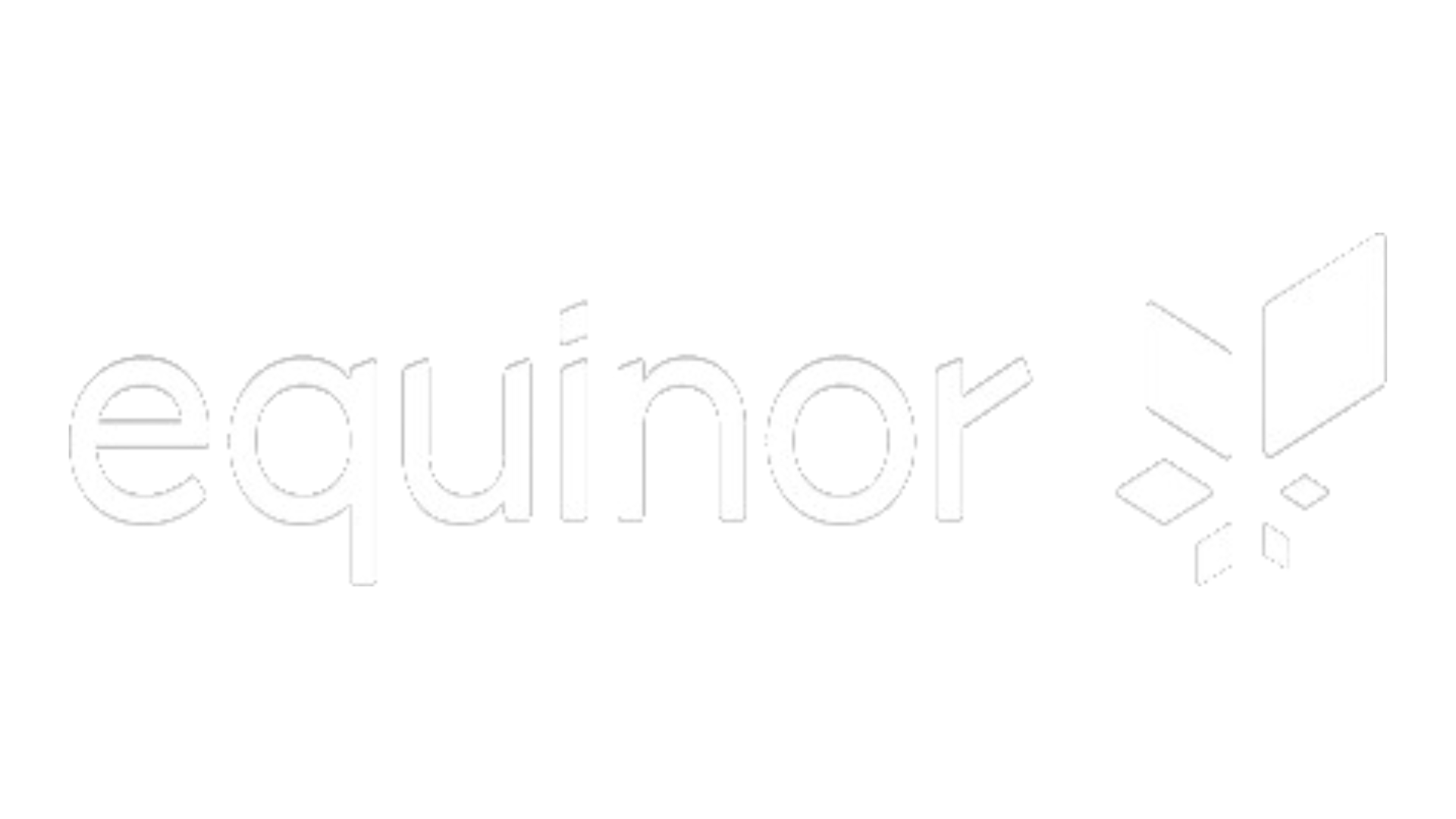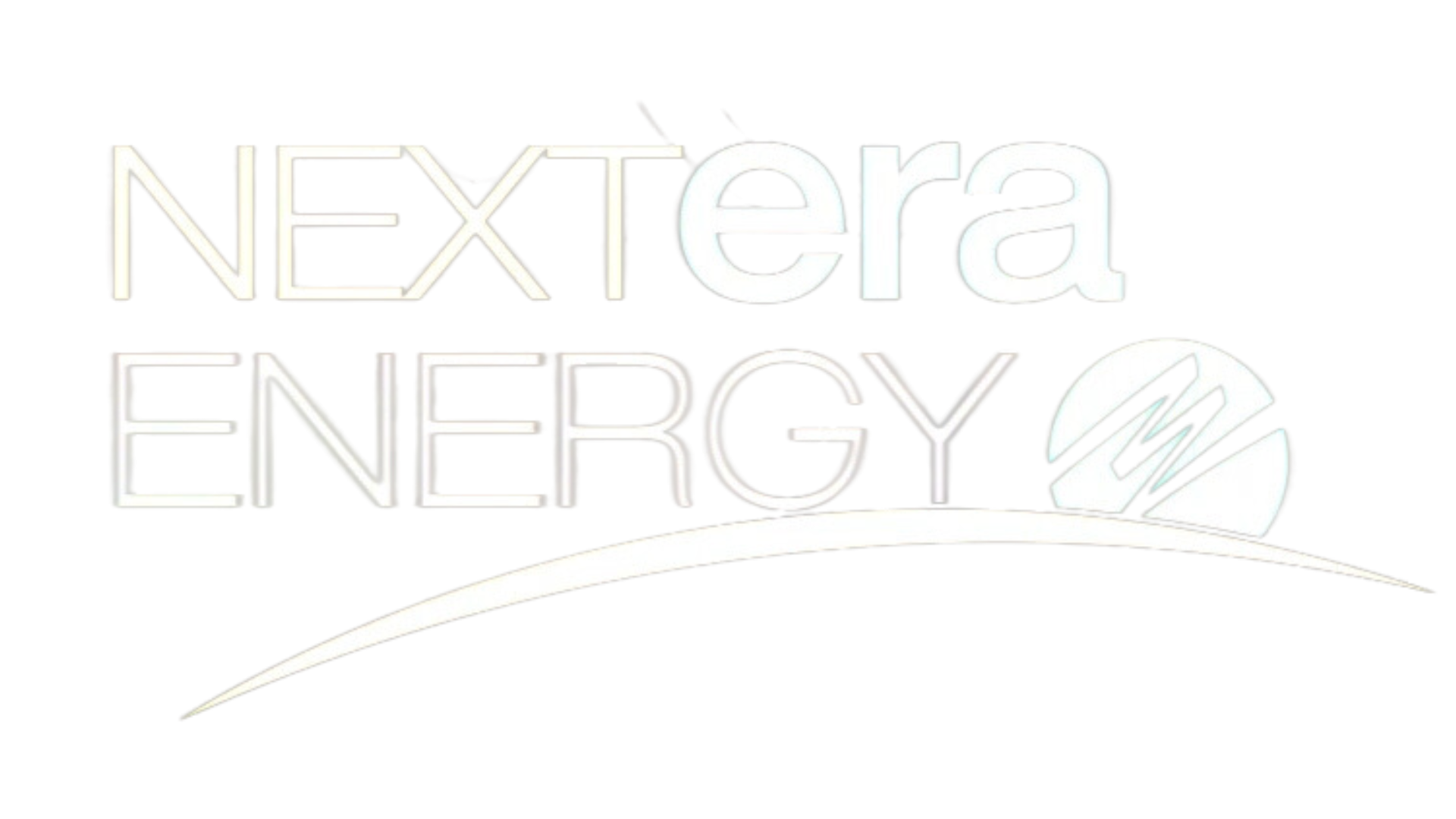Summer activities can take a toll on the environment and contribute to our greenhouse gas emissions, but you can make these last days of summer a little greener by following some of our tips.
Pets require resources that can take a toll on the environment including chemicals in cleaning products, processed foods, and toxic toys. However, there are many ways to reduce these potentially harmful effects. We have compiled a few here.
Our buildings have a monstrous carbon footprint, accounting for almost 40% of national carbon emissions nationally. This massive energy expenditure not only accelerates global warming, but also contributes to local air pollution.
Recycling has resulted in a reduction of 1 billion metric tons of carbon dioxide emissions in New York State, the equivalent of taking 211 million cars off the road for one year. You can do your part to help New York generate less trash and become more sustainable by making sure you’re properly sorting your recycling.
Many families travel during the summer while school is out and the weather is warm. Sometimes flying is the best way to get where you’re going, and while airlines are making small strides to become more fuel efficient, planes still contribute a large amount of carbon into the atmosphere. To make your vacation more environmentally friendly, we’ve put together some tips for you to consider when planning your next trip.
Summer is here, which means it’s grilling season! There are some steps you can take to reduce the toxins emitted at barbeques and make your party more environmentally friendly.
The average New Yorker creates 16.5 tons of trash per year. Although Americans are recycling now more than ever, it is crucial we take steps to create less trash and prevent landfills from continuing to grow in size and number. Here are some steps we can take to cut down on our trash and help our environment.
We hosted a policy forum focused on the economic, social, and environmental benefits of green infrastructure (GI) as an approach to managing stormwater.
Reducing meat consumption has countless health, environmental, and economic benefits. Here are some tips explaining how Meatless Mondays can help on a personal and global level.









